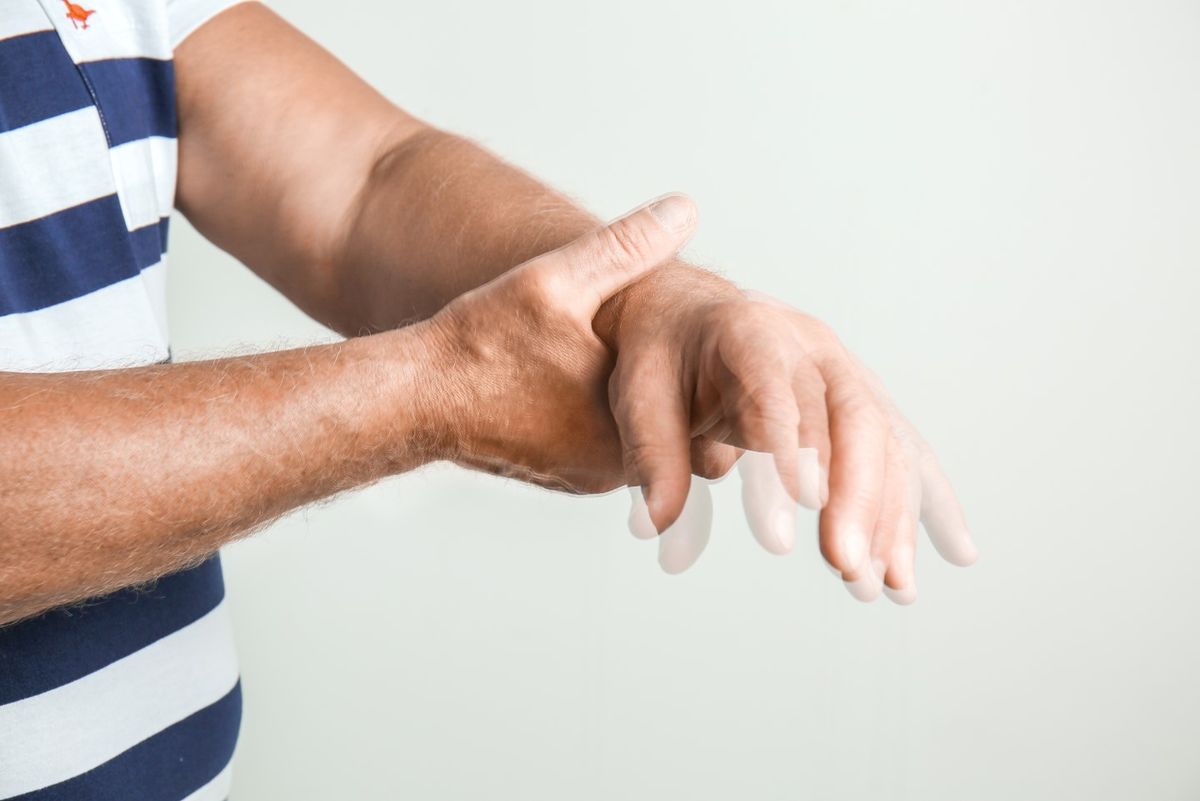Healthcare
Drug-resistant epilepsy: what are the alternatives?
How to treat epilepsy refractory to conventional treatments? Discover the existing and emerging therapeutic alternatives.

The causes of Parkinson’s disease – a neurodegenerative disease characterised by the progressive destruction of the dopaminergic neurons located in the substantia nigra of the brain – are still unknown and no curative treatment has yet been found. Thus, treating a patient suffering from Parkinson’s disease is currently a matter of compensating for the lack of dopamine by means of oral dopaminergic treatments, which act essentially on the motor symptoms. As the disease progresses, these treatments reach their limits, both in terms of loss of effectiveness and the appearance of associated side effects. They are then replaced by second line treatments which aim to diffuse dopamine in a more continuous manner. Cell therapy, which would certainly be part of this category of treatments in the future, could open up three new perspectives: improving the state of the neuronal circuits affected by degeneration, improving the quality of life of patients and diversifying the range of treatments available. Alcimed looks back at the three main promises of cell therapy.
If cell therapy were to be developed for Parkinson’s disease, it would likely be offered as a second line treatment, along with Deep Brain Stimulation, apomorphine pump, duodopa pump, and focused ultrasound thalamotomy, which constitute the 2nd line treatment arsenal as we know it today.
The current 2nd line treatments, although effective for the patients they target, do not repair the neural circuits in any way. They are purely symptomatic treatments that re-establish dopamine release in an artificial way or simply bypass the blockage embodied by a dysfunctional neural circuit:
While current second line treatments are not designed to restructure the dopaminergic neuronal circuits, cell therapy, which consists of injecting healthy cells into the patient’s brain to replace the diseased cells, does. If the graft is not rejected by the patient, the cells will find their place in the neural network and contribute to its restoration. Thus, cell therapy is a therapy that repairs the circuits affected by the Parkinson’s disease and ipso facto restores normal functioning of these circuits, reducing the intensity of the symptoms induced by the degeneration.
The onset of motor complications, due in particular to a loss of efficacy of first line treatments, marks the beginning of the complication phase and the need to adapt the patient’s treatment. When the adaptation of 1st line treatments is no longer sufficient, a switch to second line treatment is required. 2nd line treatments are then proposed to lighten the daily routine, but remain restrictive for various reasons:
Cell therapy, on the other hand, could significantly improve the quality of life of patients. Unlike deep brain stimulation, the implanted material is physiological and does not require any special monitoring or additional surgery to change the batteries in the implanted devices. The therapy also does not involve any external equipment connected to the patient, so the patient’s mobility is not impaired by any device. The therapy relies on the biological functioning of the brain itself, promising the patient to regain a significant level of freedom, mobility, and therefore quality of life.
The second line therapeutic arsenal currently consists of four treatments with different eligibility criteria. These treatments meet different needs and do not target the same patient populations. They also do not induce the same side effects. While pump treatments target more elderly people whose cognitive state does not need to be particularly good, deep brain stimulation is recommended for people under 70 years of age, who have an impeccable cognitive state and are eligible for surgery, the infectious and haemorrhagic risks of which should not be overlooked.
Among these different treatments for Parkinson’s disease, cell therapy would target a patient population similar to that concerned by deep brain stimulation. The results of the first clinical trials will later clarify the exact position of cell therapy within this arsenal. In any case, the arrival of a new treatment in the advanced phase would make it possible to enrich the therapeutic offer, in other words, to offer more choices of treatment to the patients, to reinforce their power of decision and thus, improve their patient experience. This power that is all the more precious when it applies to the choice of treatments as invasive and involving as those of second line treatments.
If cell therapy were to become a reality for Parkinson’s disease, it would restore neural circuits damaged by degeneration, improve the quality of life of patients and enrich the current therapeutic offer, thus allowing Parkinson’s patients to have greater power of decision regarding their own treatment choice. Cell therapy seems to offer good prospects, but it should be kept in mind that its deployment in hospitals will depend on its proven efficacy in clinical trials, the receptivity of patients and the adherence of professionals to this therapy, their expertise and the adequacy of their equipment to the associated surgical procedure. Do not hesitate to contact our team to discuss the subject in more detail!
About the author,
Hortense, Consultant in the Alcimed’s Life Science team in Switzerland